How Forests Store Carbon: Carbon Storage Explained
- August 22, 2024
- 0 comment
Forests are often hailed as Earth’s lungs, but their role extends far beyond just producing oxygen. One of their most vital functions is carbon storage, a natural process that helps mitigate climate change. By absorbing carbon dioxide from the atmosphere and storing it in their biomass and soil, forests act as a significant carbon sink. This process not only helps balance global carbon levels but also supports a myriad of ecosystems. Understanding how forests store carbon can shed light on their importance in combating climate change and underscore the need for their preservation.
Mechanisms of Carbon Storage in Forests
Photosynthesis
Process of Carbon Dioxide Absorption Photosynthesis is the fundamental process through which forests capture carbon dioxide from the atmosphere. During photosynthesis, trees and other vegetation absorb CO₂ through tiny pores in their leaves called stomata. This CO₂ is then transported to chloroplasts, where it combines with water and sunlight to produce glucose, a form of sugar that plants use for energy and growth. Oxygen is released as a byproduct of this process. The ability of forests to absorb large amounts of CO₂ is crucial for reducing atmospheric carbon levels and mitigating climate change.
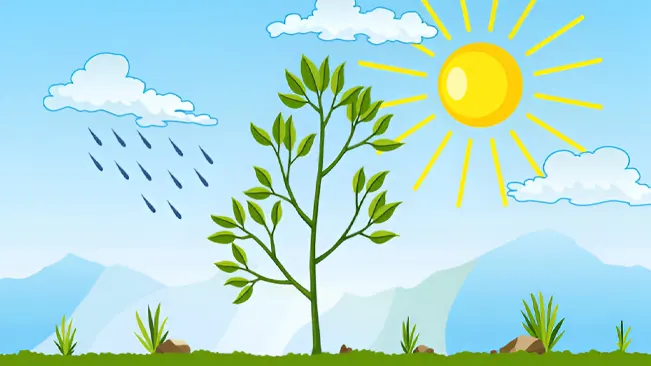
Role of Tree Leaves and Other Vegetation Tree leaves and other vegetation are vital for photosynthesis and carbon capture. Leaves contain chlorophyll, the pigment responsible for capturing sunlight and converting it into chemical energy. The large surface area of tree leaves allows for maximum absorption of CO₂ and sunlight. Additionally, other plant parts like needles in conifers and broad leaves in deciduous trees contribute to overall carbon capture. As plants grow, they continuously absorb CO₂ and integrate it into their structure, thereby storing carbon over time.
Biomass Accumulation
Carbon Storage in Tree Trunks, Branches, and Roots Biomass accumulation refers to the process by which trees and plants store carbon in their physical structures. As trees grow, they secrete carbon-based compounds like cellulose and lignin to build their trunks, branches, and roots. These structures serve as long-term storage reservoirs for carbon. Tree trunks and branches, which can live for decades or even centuries, act as significant carbon sinks, retaining carbon that was absorbed during the plant’s growth. Roots also contribute to biomass carbon storage, particularly in forest soils where root decomposition adds to soil organic matter.
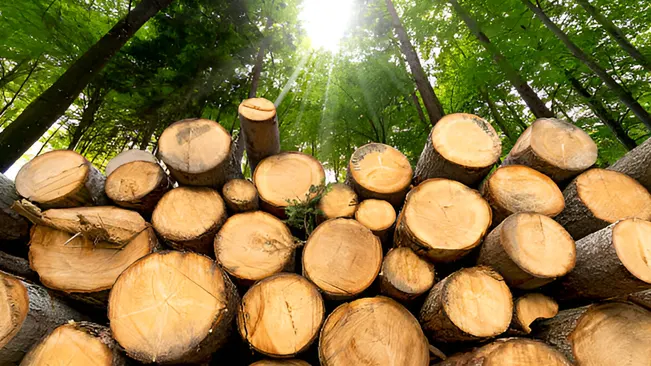
Differences in Carbon Storage Among Tree Species Not all tree species store carbon equally. Factors such as growth rate, wood density, and longevity affect how much carbon a tree can sequester. For instance, fast-growing species like poplars can rapidly accumulate biomass, while slower-growing species like oak may store carbon over a longer period due to their longevity and dense wood. Additionally, some species may have higher carbon content in their wood or leaves, influencing their overall carbon storage capacity. Understanding these differences helps in selecting appropriate species for reforestation and carbon sequestration projects.
Soil Carbon Storage
How Organic Matter and Roots Contribute to Soil Carbon Soil carbon storage is a crucial component of overall carbon sequestration in forests. Organic matter from decomposed leaves, branches, and roots contributes to the formation of soil organic carbon. When plants shed leaves and roots, these materials decompose and mix with the soil, where microorganisms break them down further. This process creates humus, a stable form of organic matter that stores carbon in the soil. The presence of plant roots also enhances soil structure and carbon storage by promoting microbial activity and organic matter formation.
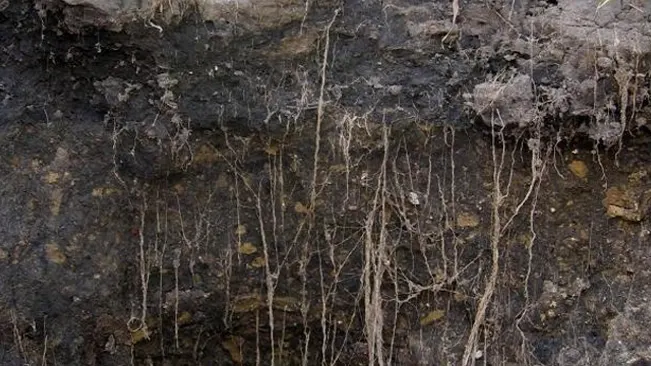
The Role of Forest Litter and Decomposition Forest litter, including fallen leaves, branches, and other organic debris, plays a significant role in soil carbon storage. As litter accumulates on the forest floor, it undergoes decomposition, which releases nutrients and carbon into the soil. This decomposition process, driven by microorganisms and fungi, converts organic material into stable soil carbon compounds. The rate of decomposition and carbon storage can be influenced by factors such as climate, soil type, and forest management practices. By understanding these dynamics, forest management can be optimized to enhance soil carbon sequestration and overall forest health.
Types of Forests and Their Carbon Storage Capacity
Tropical Rainforests
High Carbon Storage Potential Tropical rainforests are renowned for their exceptional carbon storage capabilities. These forests are located near the equator, where they experience consistently warm temperatures and high rainfall throughout the year. This climate promotes vigorous plant growth and biomass accumulation, leading to high levels of carbon sequestration. Tropical rainforests store a significant amount of carbon both in their vegetation and in the soil. Due to their dense canopy and rapid growth rates, these forests can absorb and store more carbon per unit area compared to other forest types.
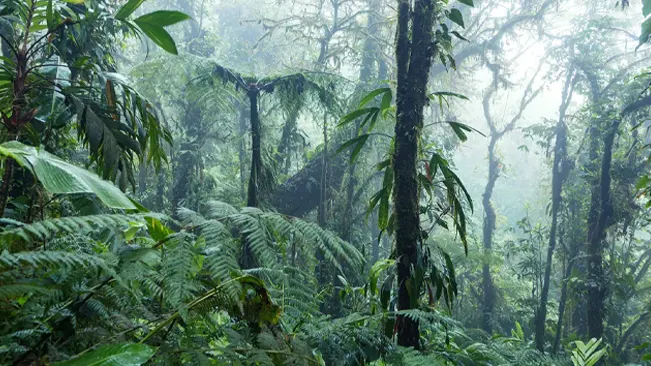
Unique Features Contributing to High Carbon Sequestration Several factors contribute to the high carbon sequestration potential of tropical rainforests. First, the warm and moist conditions accelerate plant growth and decomposition processes, resulting in a high turnover of organic matter. Second, the complex structure of tropical rainforests, including multiple canopy layers, allows for extensive photosynthesis and biomass accumulation. Additionally, the diverse array of plant species in these forests means that they can efficiently capture and store carbon in various forms, from large tree trunks to smaller shrubs and ground vegetation. The rapid cycling of nutrients and the high productivity of tropical rainforests make them crucial in global carbon dynamics.
Temperate Forests
Carbon Storage Dynamics in Temperate Regions Temperate forests, found in regions with moderate climates and distinct seasonal changes, have a unique carbon storage profile. These forests experience a temperate climate with warm summers and cold winters, which affects their carbon dynamics. In temperate forests, carbon storage occurs in both the vegetation and soil, but the rates and mechanisms differ from those in tropical forests. Deciduous trees, which shed their leaves annually, contribute to seasonal variations in carbon sequestration. During the growing season, temperate forests capture and store carbon through photosynthesis, while in winter, carbon sequestration slows down.
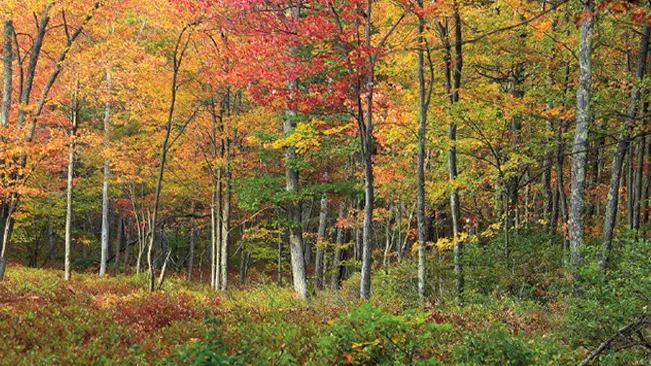
Influence of Forest Management and Climate The carbon storage capacity of temperate forests can be influenced by forest management practices and climate conditions. Sustainable management practices, such as selective logging and reforestation, can enhance carbon storage by maintaining forest health and promoting biomass accumulation. Climate change, however, poses challenges by affecting tree growth rates and increasing the frequency of disturbances such as storms and pests. Adaptation strategies, including adjusting forest management practices to changing climatic conditions, are essential for maintaining the carbon storage potential of temperate forests.
Boreal Forests
Cold Climate Impacts on Carbon Storage Boreal forests, also known as taiga, are located in high-latitude regions with cold climates and short growing seasons. These forests are characterized by coniferous trees, such as spruce and pine, which are adapted to the harsh conditions. The cold climate impacts carbon storage in boreal forests by slowing down the decomposition of organic matter. This slow decomposition process allows for the accumulation of large amounts of carbon in the forest floor and soil, as dead plant material, including needles and branches, remains preserved over long periods.
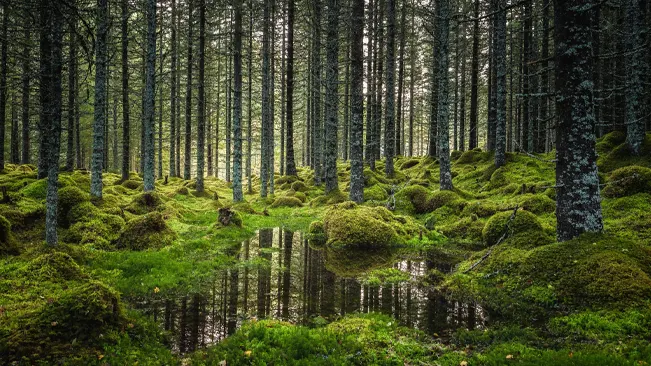
Vulnerability to Climate Change Despite their high carbon storage potential, boreal forests are vulnerable to climate change. Warming temperatures can lead to increased thawing of permafrost, which may release stored carbon as methane, a potent greenhouse gas. Additionally, changing precipitation patterns and increased wildfire frequency can disrupt carbon storage processes. Forest management strategies in boreal regions need to account for these vulnerabilities by incorporating practices that enhance resilience and reduce emissions from disturbances.
Factors Affecting Carbon Storage in Forests
Forest Age and Growth Stage
Carbon Sequestration in Young vs. Mature Forests The age and growth stage of a forest significantly influence its carbon sequestration capacity. Young forests, often characterized by fast-growing species and dense vegetation, have a high rate of carbon sequestration. This is because young trees are in their prime growth phase, rapidly accumulating biomass as they photosynthesize at high rates. As a result, they can absorb substantial amounts of carbon dioxide from the atmosphere. However, their carbon storage potential is limited to their biomass accumulation, which is less stable over time.
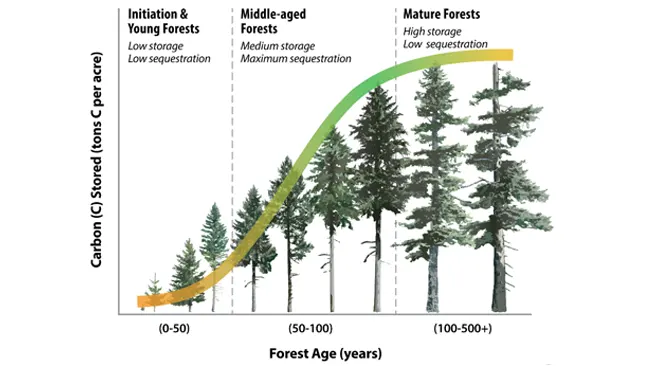
In contrast, mature forests store carbon differently. Although their growth rates may slow down compared to younger forests, mature trees continue to sequester carbon through ongoing photosynthesis and biomass accumulation. Mature forests also have a significant amount of carbon stored in large trunks, branches, and deep roots. Additionally, the carbon stored in the forest floor, through accumulated organic matter and decomposed plant material, becomes more stable over time. Thus, while mature forests may not absorb carbon as quickly as young forests, they offer long-term carbon storage benefits due to their larger biomass and stable soil carbon reserves.
Forest Management Practices
Sustainable Practices that Enhance Carbon Storage Forest management practices play a crucial role in influencing carbon storage. Sustainable forest management aims to balance the ecological, economic, and social values of forests while enhancing their ability to sequester carbon. Practices such as selective logging, where only certain trees are harvested, help maintain forest structure and ensure that carbon storage is not drastically reduced. Reforestation and afforestation efforts, which involve planting new trees or restoring deforested areas, can significantly boost carbon sequestration by increasing forest cover and biomass.
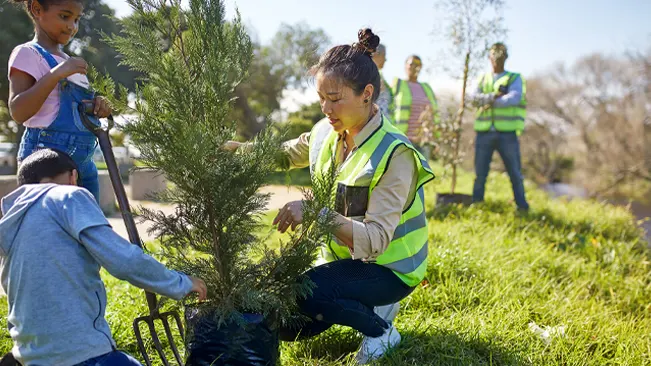
Other sustainable practices include maintaining and enhancing forest biodiversity, which can improve ecosystem resilience and carbon storage. Implementing agroforestry systems, where trees are integrated into agricultural landscapes, also contributes to carbon sequestration while providing additional benefits such as soil protection and increased productivity. Overall, effective forest management strategies that prioritize long-term sustainability and ecological health are essential for optimizing carbon storage.
Disturbances and Climate Change
Impact on Carbon Storage Disturbances like deforestation, wildfires, and climate change significantly impact forest carbon storage. Deforestation, driven by agriculture and urban development, reduces tree numbers, cutting down carbon absorption and releasing stored carbon into the atmosphere. Wildfires further deplete carbon stores by burning biomass and emitting carbon dioxide and other greenhouse gases.
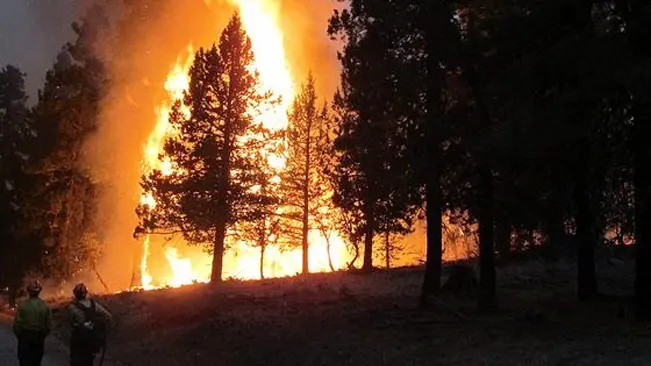
Increased wildfire frequency, often due to climate change, exacerbates these effects and damages forest habitats. Additionally, climate change alters temperature and precipitation patterns, affecting tree growth, forest health, and overall carbon sequestration. Adaptive forest management is crucial to mitigate these impacts and sustain carbon storage.
The Impact of Forest Preservation on Carbon Sequestration
Benefits of Protecting Existing Forests
Protecting existing forests is crucial for maintaining and enhancing carbon sequestration. Mature forests, with their large biomass and stable carbon stores, play a significant role in absorbing and storing atmospheric carbon dioxide. When forests are preserved, they continue to sequester carbon through ongoing photosynthesis and maintain extensive carbon reserves in their vegetation and soil. Additionally, protecting forests helps prevent the release of stored carbon caused by deforestation and degradation. This preservation also supports biodiversity, which can further contribute to ecosystem resilience and carbon storage through complex ecological interactions.
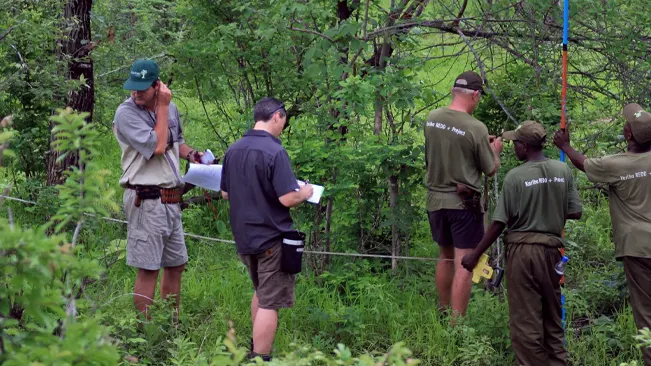
Moreover, intact forests provide essential ecosystem services, such as regulating local and global climates, conserving water resources, and preventing soil erosion. By maintaining healthy forests, we ensure the continuation of these services, which are vital for sustaining ecological balance and mitigating climate change impacts. The preservation of forests also aids in protecting the habitats of numerous plant and animal species, contributing to overall ecological health and stability.
Reforestation and Afforestation Efforts
Reforestation and afforestation are key strategies for enhancing carbon sequestration. Reforestation involves restoring trees to previously forested areas that have been degraded or deforested, while afforestation refers to planting trees in areas that were not previously forested. Both approaches increase forest cover, which directly enhances carbon uptake from the atmosphere.
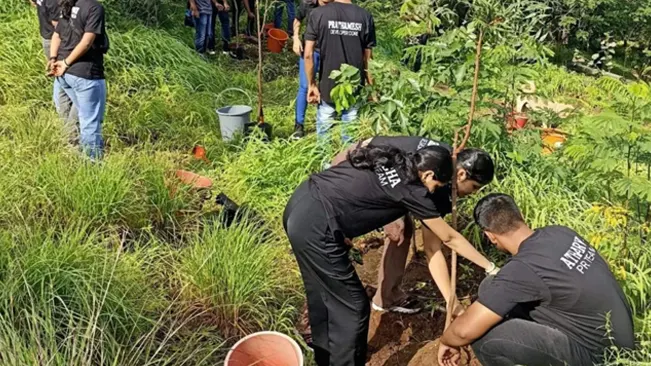
Reforestation helps replenish carbon stocks in degraded landscapes, improve soil quality, and restore local biodiversity. Afforestation, on the other hand, expands forested areas into new regions, potentially creating new carbon sinks. These efforts not only sequester carbon but also offer additional benefits such as increased biodiversity, improved water cycles, and economic opportunities for local communities. Successful reforestation and afforestation projects require careful planning, including selecting appropriate tree species and managing the newly planted forests to ensure long-term carbon storage and ecosystem health.
Conclusion
Forests are vital carbon sinks, capturing and storing carbon dioxide through photosynthesis and retaining it in their biomass and soil. Different forest types tropical, temperate, and boreal each contribute uniquely to carbon sequestration. Protecting existing forests, alongside reforestation and afforestation efforts, enhances their ability to sequester carbon and supports ecosystem health. Successful conservation projects highlight the importance of ongoing support and sustainable management to maintain these critical natural systems and combat climate change effectively.
FAQs
- What is carbon storage in forests?
Carbon storage in forests refers to the process by which forests capture and hold carbon dioxide (CO₂) from the atmosphere. This occurs primarily through photosynthesis, where trees and plants absorb CO₂ and convert it into organic matter, storing carbon in their biomass and soil. - How do forests capture carbon dioxide?
Forests capture CO₂ through photosynthesis. During this process, trees and other vegetation absorb CO₂ from the air through their leaves, use sunlight to convert it into glucose, and store the carbon in their growth tissues and roots. - What factors affect a forest’s carbon storage capacity?
Several factors influence carbon storage, including forest age, tree species, management practices, and environmental disturbances. Young forests typically sequester carbon rapidly, while mature forests store large amounts of carbon in their biomass and soil. Sustainable forest management and minimal disturbances also enhance carbon storage. - How do different types of forests contribute to carbon sequestration?
Tropical rainforests have high carbon storage potential due to their dense vegetation and rapid growth. Temperate forests have a balanced carbon storage dynamic influenced by seasonal changes, while boreal forests store carbon in cold climates and slowly decomposing organic matter. - What are the benefits of forest preservation for carbon sequestration?
Protecting existing forests ensures continued carbon sequestration and maintains extensive carbon reserves. Preservation also prevents the release of stored carbon through deforestation and supports biodiversity, contributing to overall ecosystem health. - What is the role of reforestation and afforestation in carbon storage?
Reforestation (restoring trees to deforested areas) and afforestation (planting trees in non-forested areas) both increase forest cover and carbon sinks. These efforts enhance carbon sequestration, improve soil health, and support local biodiversity. - How do disturbances like wildfires and deforestation impact carbon storage?
Disturbances such as deforestation and wildfires reduce forest carbon storage by removing trees and releasing stored carbon into the atmosphere. Increased wildfire frequency and intensity, often due to climate change, further exacerbate these effects. - Can forest management practices improve carbon storage?
Yes, sustainable forest management practices, such as selective logging, reforestation, and maintaining forest health, can enhance carbon storage. These practices help preserve existing carbon stocks and increase the capacity for future carbon sequestration.

Joel Cunningham
Forestry AuthorI'm Joel Cunningham, an expert in pruning and weed management with over a decade of experience. My skills are rooted in formal training and extensive practice, focusing on advanced pruning techniques and efficient weed control. I'm known for my quality work, precision, and deep understanding of plant health and soil dynamics. My contributions extend to educational initiatives where I share sustainable practices and advice, establishing myself as a reliable and authoritative figure in the gardening community.

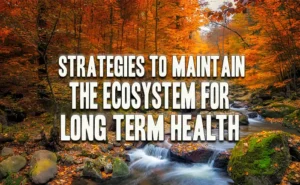

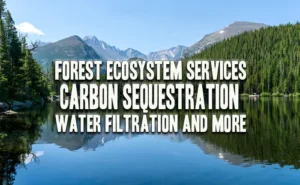
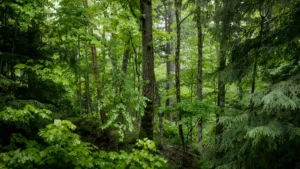
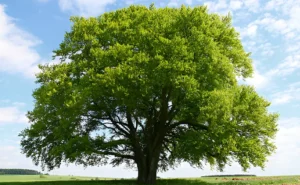

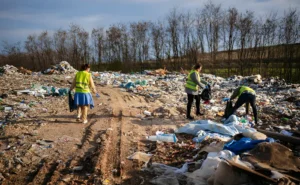
Leave your comment